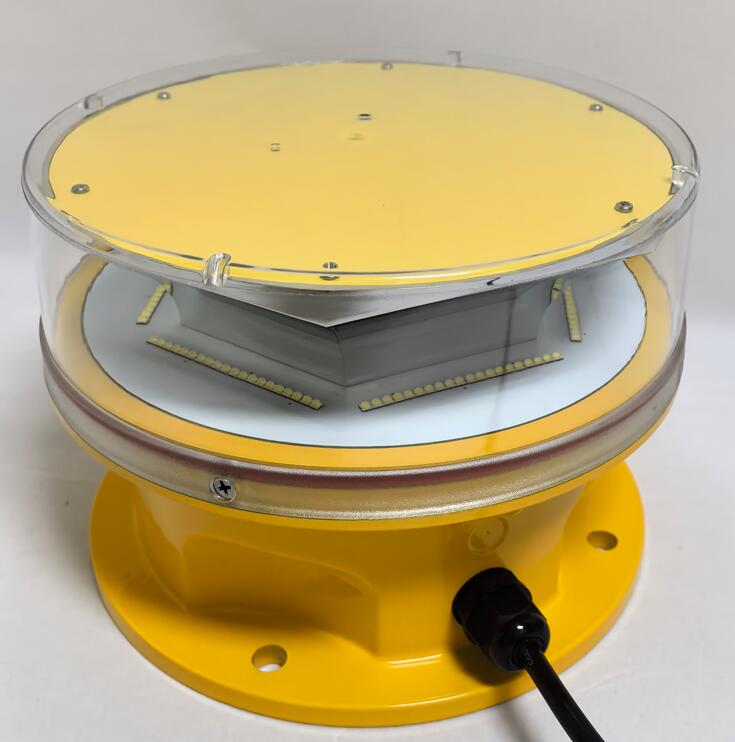Illuminating the Future: FAA Lights for Wind Turbines and Aviation Safety
As wind energy expands across landscapes, a critical safety consideration emerges: how to make these towering structures visible to aircraft. The Federal Aviation Administration (FAA) has established specific lighting requirements for wind turbines through its FAA lights for wind turbines regulations. These specialized lighting systems serve as beacons of safety, preventing collisions while enabling renewable energy growth. This article examines the standards, technologies, and evolving solutions that define modern wind turbine lighting systems.
The Critical Need for Wind Turbine Lighting
Wind turbines present unique challenges for aviation safety:
Modern turbines often exceed 500 feet in height
Wind farms frequently occupy remote, low-traffic airspace
Rotating blades create dynamic visibility challenges
FAA lights for wind turbines address these concerns by:
Marking individual turbines and wind farm perimeters

Providing day/night visibility for all weather conditions
Balancing safety requirements with light pollution concerns
| faa lights for wind turbines |
FAA Lighting Standards for Wind Turbines
The FAA categorizes wind turbine lighting based on structure height and location:
1. Obstruction Lighting Requirements
<200 feet: Typically no lighting required
200-500 feet: Medium-intensity white strobes (day/night)
>500 feet: High-intensity white strobes + red steady lights
| faa lights for wind turbine |
2. Lighting Configurations
Perimeter Lighting: Illuminates only outer turbines in large farms
Individual Lighting: Each turbine equipped with warning lights
Aircraft Detection Lighting Systems (ADLS): Newer technology that activates only when aircraft approach
Current Lighting Technologies
Modern FAA lights for wind turbines utilize advanced solutions:
1. LED Strobe Systems
Energy-efficient alternative to xenon strobes
Precise flash synchronization across entire wind farms
50,000+ hour lifespan reduces maintenance
2. Dual-Lighting Systems
Combine white strobes (day) with red beacons (night)
Complies with FAA AC 70/7460-1L standards
Reduces overall light pollution
3. Radar-Activated Systems
Only illuminates when aircraft approach within 3-5 miles
Significant reduction in nighttime light emissions
Approved by FAA under specific conditions
Emerging Challenges and Innovations
The wind industry faces several lighting-related challenges:
1. Light Pollution Mitigation
Developing "dark sky compliant" lighting solutions
Implementing curfews and dimming protocols
Testing amber and green alternative lighting colors
2. Maintenance Optimization
Self-diagnosing systems with remote monitoring
Durable coatings to prevent ice accumulation
Modular designs for easy bulb replacement
3. Regulatory Evolution
Updating standards for offshore wind farms
Developing international harmonization
Creating guidelines for hybrid lighting systems
The Future of Wind Turbine Lighting
Next-generation solutions are transforming the field:
Predictive Lighting: AI systems that anticipate aircraft routes
LiFi Technology: Using light for data transmission to aircraft
Biomimetic Systems: Lighting patterns that minimize wildlife disruption
Integrated Lighting: Built directly into turbine blades and nacelles
FAA lights for wind turbines represent a careful balance between renewable energy development and aviation safety. As turbine heights increase and wind farms expand offshore, lighting systems must evolve accordingly. The future promises smarter, more efficient solutions that maintain safety while reducing visual impact. Through continued innovation and collaboration between regulators and industry, wind energy can continue its growth while keeping the skies safe for all who fly. These illuminated sentinels stand not just as markers of caution, but as beacons guiding the way toward sustainable energy solutions.
